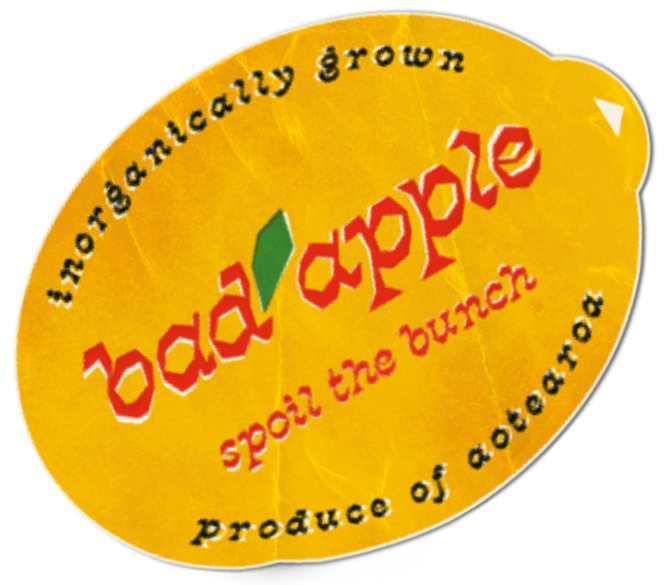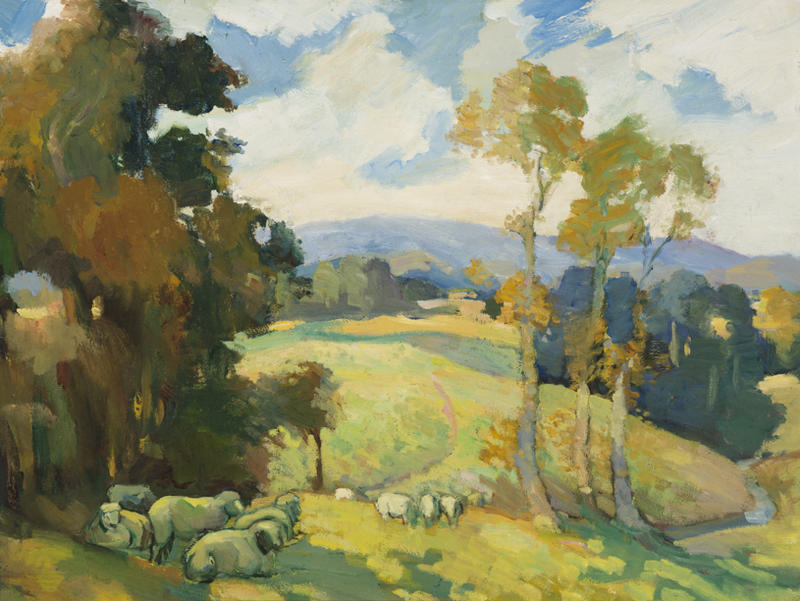In the town where I grew up, stretching from a cemetery to the courthouse, cutting across the main avenue, is Ridgway Street. A couple of years ago, it was named the Best Street in New Zealand, and Whanganui as New Zealand’s most beautiful city. I think those kinds of awards are more about the campaigning of mostly elderly residents than a recognition of true aesthetic achievement. No disrespect to Lower Hutt, but I can’t imagine anyone would have predicted that it would be the runner-up for the award in 2019 either. Ridgway slices through the main avenue, running parallel to the Whanganui River. Toward the Moutoa Gardens end, there’s a building that now houses an office products company, sandwiched between the RSA and an art gallery. One hundred and three years ago it was the Duidan Building, where Mayor Charles Mackay had his legal offices. It was in those offices that the Mayor shot and didn’t quite kill a young poet he’d met five days earlier, who had been blackmailing Mackay with the threat of publicly outing his homosexuality.
Charles Mackay was a politician, among other things. Born in Nelson, he started his law firm in Whanganui in 1902. He wasn’t exactly a wunderkind— a poorly executed royal visit concluded with then-Prince of Wales Edward VIII describing his lodgings as a ‘miserable hole.’ In 1920, Mackay was forty-five years old and had been in Whanganui and involved in city leadership for the better part of his adult life.
Walter D’Arcy Cresswell was a poet, and by many accounts, a middling one. He was twenty-four in 1920, well over twenty years Mackay’s junior, and visiting relatives in the river city. Upon recovery from his injury and the subsequent court case, he returned to England for a time. He married in 1925, a woman named Freda, but it is clear that despite his stated disgust of Mackay’s ‘perversions,’ and the image of him affirmed in Whanganui papers of a ‘wholesome young man,’ Walter D’Arcy Cresswell was homosexual himself. One friend said he liked ‘rough trade’ and another story sees him responding to a friend’s question of what on earth one would say to a beautiful young man on the street with ‘How much?’
There are many incendiary newspaper articles from 1920 that attempt to piece together the scene: a confrontation; Mackay begging for mercy while threatening suicide; gunfire. The journalists’ words practically hum with satiated bloodlust. Did Mackay make an advance on Cresswell and was rebuffed? Did he make an advance that was not rebuffed? Did Cresswell in fact find out through word-of-mouth about an underground queer community in this little river city? Some say they were fast friends at their first introduction. What soured? Cresswell and Mackay are the only two who will ever know. History holds them suspended in a wood-panelled office, the gun smoking; blood blooming on cotton.
Edith Collier was a painter. Born and raised in Whanganui, she spent nine years in Europe honing her craft, learning with a collective of female modernists as she experimented with oils, watercolours and sketches while touring the United Kingdom. She was mentored by prominent queer modernist Frances Hodgkins, who wrote about Edith in a letter to her mother, ‘I have one very bright N. Zealander, from Wanganui, Collier by name.’ Hodgkins was part of a large circle of women artists in the UK, many of them also queer. ‘I’ll make something of her, I’m sure,’ she said of Edith. Edith returned to her Whanganui in 1922. At this point, her parents had supported her artistic education for eight years. Her father, Henry Collier, was a music shop proprietor in town. I can’t imagine he was one of many. The only music store I can think of in Whanganui now is the Gatshack, perched on a corner opposite a car dealership still called Wanganui Motors, mostly frequented by men toying with a mid-life crisis that they’d describe as ‘re-evaluating my options.’ Upon her homecoming, the response to Edith’s work was not what it was in London and St Ives. Art historians instead use words like ‘scathing’ and ‘savage criticism.’ Her posthumous exhibits at local galleries usually include some version of the phrase ‘ahead of her time.’
Her father burned her paintings the year she came home. Her best landscapes, her portraiture, and of course, her nude studies, were largely all lost to dust and ashes. Barely eighteen months since the revelation that this conservative town’s leader was both a homosexual and an attempted murderer, perhaps Henry thought he was doing his daughter a favour. People would talk about art, art from Europe, art depicting the female form, art that’s not really art at all. Bright colours and geometric shapes, visible brushstrokes instead of perfectly blended tones. If it’s easy to make fun of modern art now, the laughter was much less forgiving in 1922. People will talk about a woman artist, who works in a style that people don’t understand and don’t like. A small town can only take one major scandal in a five-year stretch, but fires? They happen all the time.
Let me be clear, I’m not writing this to speculate that Edith Collier was queer. But her association with the progressive European art world meant she had an undeniable proximity to the LGBTQ+ community. Whether Henry Collier knew that or not, he knew he couldn’t let this get big enough to define her, or ruin her, as it did Charles Mackay. Perhaps there was just something about his prodigal daughter, the daughter who left Whanganui and came back to share her fruits, that he felt might catch rot.
After a stint in Mount Eden Prison, Mackay was, for all intents and purposes, exiled, as a condition of his release. In 1929, he’d made it to Berlin, working as a language teacher and part-time news correspondent. Interestingly enough, the Berlin Police had a Department of Homosexuals specifically established to protect gay men from blackmail. But Mackay wasn’t there for long. He was mistakenly shot by police during the Blutmai riots and succumbed quickly to his injuries. Cresswell lived the rest of his life in relative obscurity, subsisting on a meagre response to his writing. The Forest a didactic verse drama he composed from perhaps as early as the ’30s to his death in 1960, argued the positives of three great interests of Cresswell’s life—Hellenism, poetry, and homosexuality.
A hundred metres down from the Duidan Building, overlooking a little garden and the cinema carpark, there’s a huge mural of a woman sitting at an easel erupting in flames. It’s Edith. That’s the stretch of Ridgway that carried it to triumph, everyone knows. It’s not the Intercity terminal; not the Gatshack or the used cars gleaming in the sun; it’s her, immortalised in bright paint on corrugated iron.
Featured image Grazing Sheep by Edith Collier, from the Collection of the Edith Collier Trust, in the permanent care of the Sarjeant Gallery Te Whare o Rehua Whanganui.



